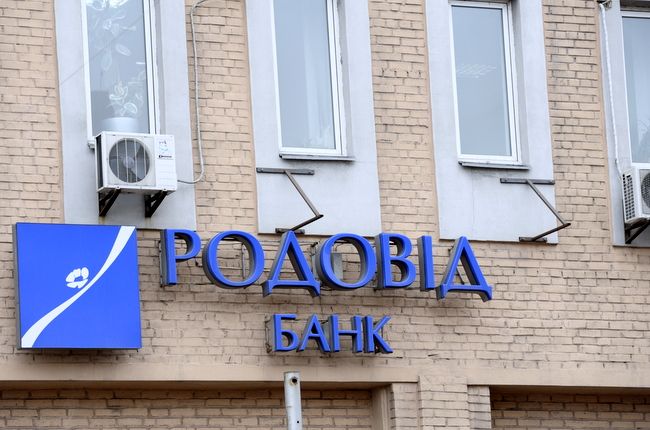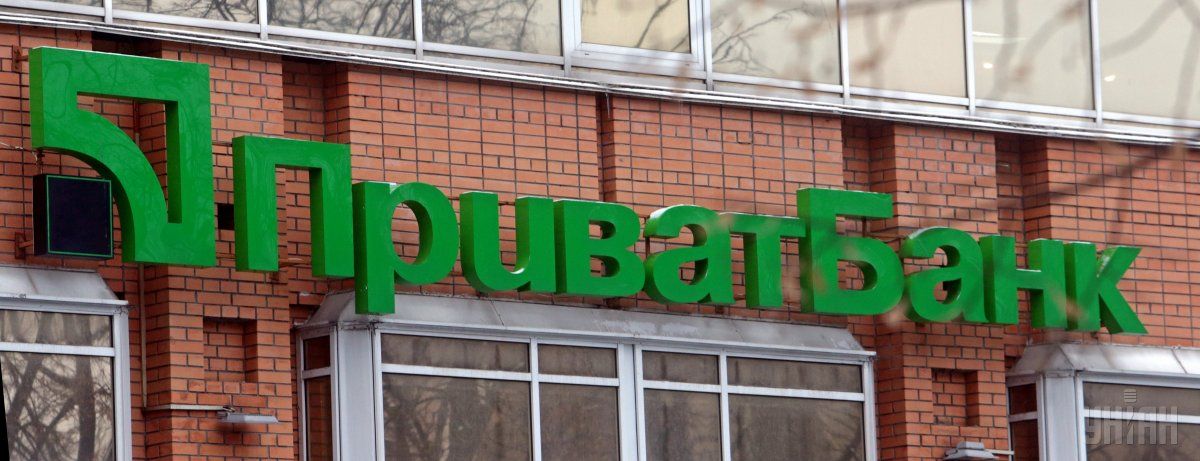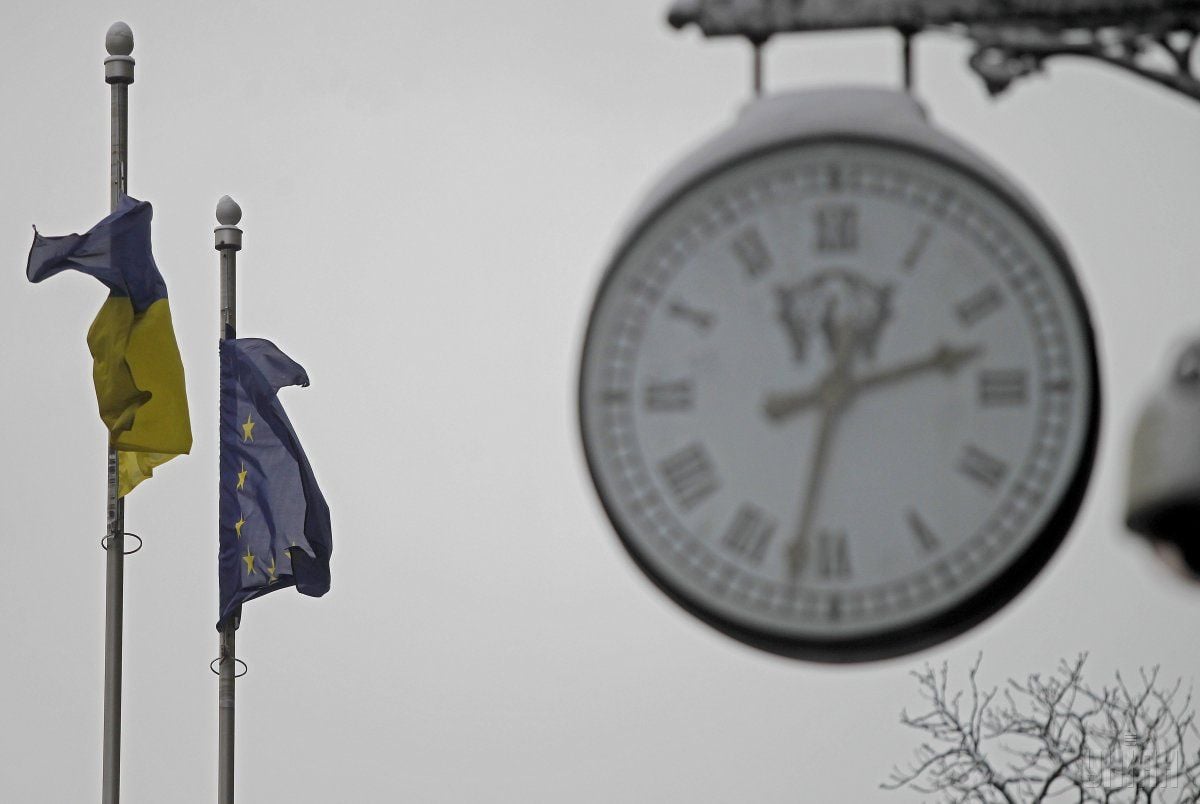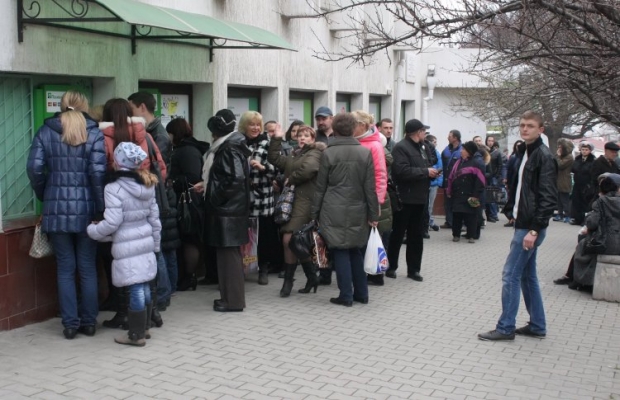
Year of major banking cleansing
Ukraine’s banking system in 2016, the year so dramatic for the sector, has lost 18 financial institutions, while the country’s largest bank, PrivatBank, was transferred to 100% state ownership. Will these measures adopted by the National Bank and the government result in the improvement of the national banking sector, and what should depositors and bankers expect in 2017?
Ukrainian bankers have completed another difficult year full of hard work to improve the condition of the banking business and some important strategic decisions of the state regulator.
In the context of dependence from global prices in the commodity markets, which is still high, as well as the ongoing aggression and trade restrictions imposed by the Russian side, British decision to withdraw from the EU, and uncertainty in connection with the change of the U.S. leadership, Ukraine's economy resumed growth after a long recession, while inflation slowed down.
Against this background, the efforts to stabilize the financial sector began to yield positive results: in January-November 2016, the solvent Ukrainian banks have reduced losses compared to the same period last year by three times – down to UAH 18.9 billion. And the National Bank still considers that the prospects are real for the Ukrainian banks to reach a level of profits in the coming 2017.
Confirmation of the reviving banking system was the intensification of the processes of bank sales and acquisitions: in late October, ABH Holdings SA, owner of Alfa-Bank, completed its deal with UniCreditGroup (Italy) for the purchase of UkrSotsBank; and in late December, Serhiy Tihipko, the owner of TAScombank,- the deal for the purchase of Universal Bank from Eurobank international financial group (Greece).
Regulator’s broom
In the past year, the National Bank continued its efforts to clean up the banking sector, but the pace of bankruptcies in the financial market has slowed down. After the recognition of more than 60 banks insolvent in 2014-2015, the regulator in 2016 decided to withdraw from the market another 18 financial institutions, including the state-owned Rodovid Bank and Goszembank, sentenced to liquidation under the Cabinet’s new strategy on the management of state-owned banks.

In the list of the past year’s bankruptcies the fall of one of Ukraine’s TOP 20 banks, Khreshchatyk, attracted the attention of many. This was the financial institution, with a quarter of its shares owned by Kyiv municipal authorities. The bank with a twenty-year history, was popular among Kyiv residents due to its social project titled "Kyivan Card". On the day of the introduction of an interim administration, the bank’s offices were stormed by crowds of those employed by public institutions, in hopes of getting their salaries, while the city authorities said they filed a report with law enforcement agencies. The appeal to the law enforcers was later joined by the National Bank and the Individual Deposits Guarantee Fund, but so far there have been no results.
The biggest scam of the past year was the bankruptcy of Mykhailivsky Bank, which on the eve of the introduction of an interim administration, launched on its balance the deposits of individuals worth $1 bln from related financial companies and at the same time transferred to other companies the loan portfolio. Bank Owner Viktor Polishchuk, who also owns a retail network of home appliance stores Eldorado, immediately after the bank’s bankruptcy announced it had been sold to a group of individuals. Former head of the Board Ihor Doroshenko is under investigation. Meanwhile, the deceived investors after nearly six m months of wanderings and protests are having their money gradually returned to them due to the law adopted by the Rada equating their contributions to bank deposits.
A distinctive feature of the past year was an attempt of a mass reincarnation of insolvent banks through the not-yet-reformed national judicial system. Surprisingly, the Ukrainian judges on behalf of the state have resuscitated nine banks: Capital, East-Industrial Commercial Bank, Veles, Radical, Ukrinbank, Premium, Soyuz, "Financial Initiative", and Kievan Rus. As a result, the representative of the state in this process – the Guarantee Fund – cannot fully dispose of the assets of bankrupt banks, facing the risk of getting bogged down in endless litigation. And it is not yet clear how will these "zombie banks" can go back to full-fledged banking operations on attracting deposits and lending, fulfilling the requirements of the state regulator.
Nationalization of the country’s largest bank
The most high-profile event in the banking system, which will certainly go down in Ukraine’s financial history, took place on New Year’s eve. The government moved to nationalize the country's largest bank, PrivatBank. According to the well-developed scenario, the Ukrainian authorities have long and carefully prepared to this step. Rumors on the possible transfer of the bank to state ownership have been spinning in expert circles since early 2015, but few believed in the probability of such a scenario back then. It is difficult to imagine a painless transfer to the state ownership of a financial institution, which accounts for over a third of individual deposits, while its assets exceed 20% of the total assets of the banking system, and the need for a capital increase, according to the NBU, is estimated at nearly UAH 150 billion.

Serving more than half the country's population, the bank has become too big to fall without dire consequences for the market, and at the same time remained too ambitious, to simply cede its market share to competitors. PrivatBank didn’t let the regulators sleep well, as they were struggling to move the market leader away. In particular, the tightening by the Cabinet of criteria for the selection of banks for public sector services and decisions to transfer the structures of the Ministry of Defense and other security forces for servicing in state-owned banks was part of the plan.
External creditors did not stay aside in this issue, either. The procedure for the nationalization of this systemically important bank suddenly surfaced in the autumn memorandum between Ukraine and the International Monetary Fund. Of course, this memorandum does not contain a clear indication that it was exactly PrivatBank that was in mind but there are only three systemically important banks in Ukraine, and two of them at that time were already owned by the state. After the publication of the memorandum, information attacks on PrivatBank have strengthened, while nationalization was inevitable because of the rapid loss of solvency by the bank.
On the eve of the fateful decision to nationalize the bank made by the Cabinet on Sunday, December 18 the clients of PrivatBank were rushing to get their money from ATMs at a pace of UAH 2 billion per day. Therefore, the next day after the announcement of the verdict, the National Bank gave the bank a UAH 15 billion refinancing loan, and another UAH 10 billion three days later, on December 22. And to reassure the depositors, the Rada adopted the bill, according to which 100% of deposits in Privatbank are now guaranteed by the State. Earlier, only Oshchadbank had this privilege.
One of the two key shareholders of PrivatBank, businessman Ihor Kolomoisky said that the bank was a victim of the arbitrariness of the NBU, which constantly changed its standards, coming up with new ways to artificially reduce the capitalization of the financial institution. At the same time, he stressed that the decision on the nationalization of the bank was correct in this situation. "I believe that the prime minister and his team have shown real courage by taking this difficult decision. Had they not dared take this step, this would have endangered the entire financial system of Ukraine," Kolomoisky said in a statement.
After being shaken up, the bank continues its stable operations – citizens can withdraw their deposits with no problems and make payments. After a technical audit was carried out, business payments were unlocked. The bank’s popular IT services are operational as before. Although it is difficult to assess the consequences of this step, the news of the nationalization of PrivatBank was welcomed by most of Ukraine's international partners, including IMF Managing Director Christine Lagarde, G7 Ambassadors, and the leaders of the European Bank for Reconstruction and Development.
New expectations and forecasts
Experts and market participants talk about the prospects for 2017 with moderate optimism, considering that this year should fix the trends for economic recovery which emerged last year.

Head of the Board of the Independent Association of Banks of Ukraine Roman Shpek described 2016 as a stabilizing year and praised the pragmatic monetary policy of the NBU, which has contributed to the stabilization of the foreign exchange market and made it possible for businesses to act in a more balanced way. "As a result, economic growth will be in the range of 1.5% over the year. But it is important that the policy is as balanced in the following year as well. Necessary market mechanisms of financing the current account need to be found. Otherwise, they will need to either print the hryvnia or devalue it," he said.
The banker stressed that the full resumption of lending by the banking system is only possible after the recovery of the economy effective and adequate regulation.
Representatives of the banking community, according to Shpek, expected revitalization of structural reforms of the financial sector in 2017, dragging which was among the reasons for the delay in assistance from international partners, including the IMF.
Vitaly Shapran, a representative of the Ukrainian Society of Financial Analysts, predicts that the year of 2017 will be marked by preparations for the privatization of state-owned financial institutions. At the same time, he admits that the sales may never take place but the change of the state-owned bank management structure, cleansing their assets, and legal scuffles will be part of the future of Ukraine’s banking system.
Among the positive outcomes of the past year, Shapran noted the reduction in the number of unprofitable banks. "Although the economy is growing slowly, some banks have breathed some fresh air in the shape of the flow of customers from bankrupt banks, which gave some positive momentum in the second half of the year. However, the process of decline in asset quality and weak lending is still ongoing in the majority of banks," he said.
Regulator’s plans
The National Bank of Ukraine in its December’s financial stability report said that the national banking system, while showing signs of recovery, was still very vulnerable to external shocks. Therefore, the efforts on strengthening its stability will continue in 2017.

From the New Year, the NBU introduces new credit risk assessment rules. According to the results of diagnostics of the largest 60 operating banks, the NBU assessed the level of problem loans in the TOP 20 banks at 53% and in the following 40 banks – at 43%. The state regulator expects that the new rules will force banks to adequately assess the risks, while the share of problem loans in 2017 will fall.
In the first quarter of the new year, the regulator intends to tighten the requirements for the disclosure of bank reporting, for example by requiring financial institutions to disclose the detailed structure of regulatory capital, the quality of the loan portfolio, its distribution over the period of delay, and the amount of credit risk uncovered.
In the first half of the year, the NBU is preparing for a strategy for public discussion of macroprudential policy aimed to counteract the accumulation of systemic risks of the financial sector.
The NBU also plans to develop a new liquidity coverage ratio (LCR), which will become mandatory for implementation by all banks in 2018.
The National Bank will continue to disclose the real owners of banks, as there are still financial institutions in the market that fall under the definition of non-transparent banks.
Also, the regulator recommends that banks continue to reduce lending to related parties in the framework of the five-year schedules, threatening in case of violation of these schedules to apply sanctions.

It is obvious that the trend of reducing the banking sector will continue in 2017.
In late December, the regulator warned that it would recognize as insolvent the banks from the lower 20, which would not ensure positive values of capital adequacy as of January 1.
In addition, previously the National Bank ordered smaller banks to accelerate recapitalization. By July 11, 2017, the capital cannot be less than UAH 200 million. So far, there are still several dozens of financial institutions with the capital below this mark in the Ukrainian banking market.
Market participants have a reasonable expectation that 2017 will be a more successful year for the banking sector and for the whole national economy. Much has been done over the previous years to this end. And now the main task of the authorities, regulators, bankers, and all citizens is to support the beginning of this growth and not to trample on the first shoots of positive trends with populist decisions or simply reckless panic.
The banking system of Ukraine, as that of any other country, depends on the confidence of its clients. This also applies to the national currency, the stability of which depends primarily on the level of public trust and secondly, on the basic economic factors. So Ukrainians should be confident and do their thing.
Olha Hordienko

